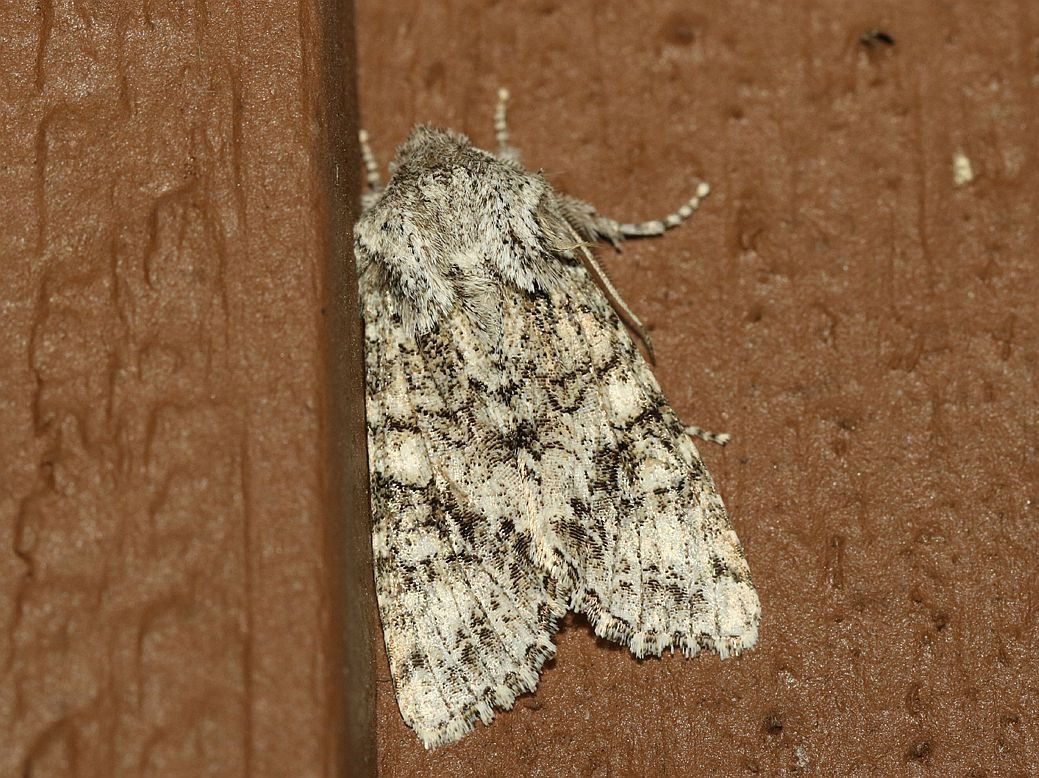March 31
2017 March 31
Jeremy Tatum writes: In the December 29 posting, we mentioned the plans of the Ministry of Forests etc. to spray the Elk Lake area with Btk for Gypsy Moths. Because of the late spring this year and the prolonged cool weather, this has been put off until mid-May. In spite of the annual devastating infestations of the hordes of this abundant moth, I do not know of any naturalists who have ever found the moth or its conspicuous caterpillar on southern Vancouver Island, in spite of dedicated searches in the areas of the most concentrated infestations. If anyone finds this moth or its caterpillar, I would be very interested. According to the article on page A2 of the March 31 Saanich News, the pesticide in question – Foray 48Bm, which contains Btk – does not harm other insects. This is patent nonsense and the constant repetition of this misinformation appears to be deliberate deception. Of course it is fatal to any leaf-feeding caterpillars. Apparently there have also been recent public concerns about the effects of Btk on Monarch butterflies. It is sometimes difficult to comprehend the depth of ignorance that one hears in discussions of this topic.
We may not have Gypsy Moths here, but Jeremy Gatten is seeing lots of other interesting things. He writes from Saanichton: I seem to be having an interesting run this spring – this is my third non-micromoth lifer this spring. Last night I had over a dozen moths around my light, which included: Orthosia praeses, Orthosia hibisci, Egira crucialis, Lithophane innominata, Venusia obsoleta/pearsalli, Hydriomena manzanita, and a handful of pugs. The star, however, was Egira cognata, which is not a species I have seen previously. [It’s also a new one for this site – Jeremy Tatum.] This is a western species that utilizes Garry Oak as its larval host plant.


Egira cognata (Lep.: Noctuidae) Jeremy Gatten
